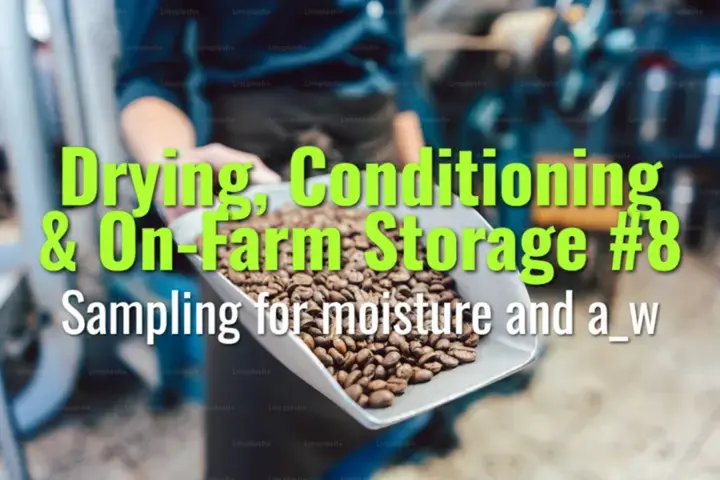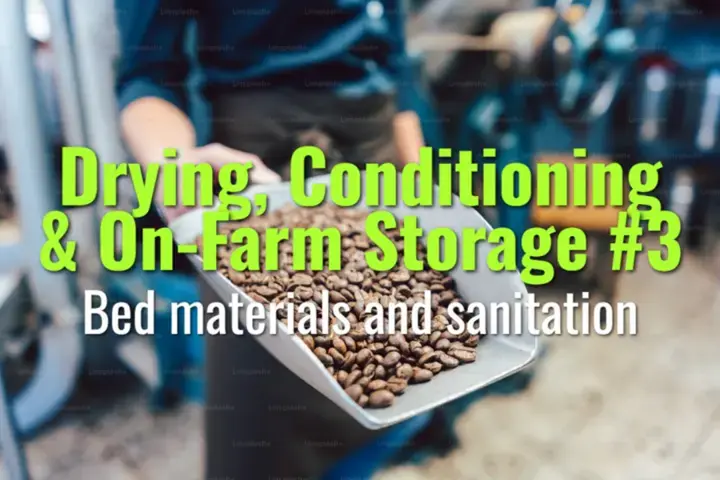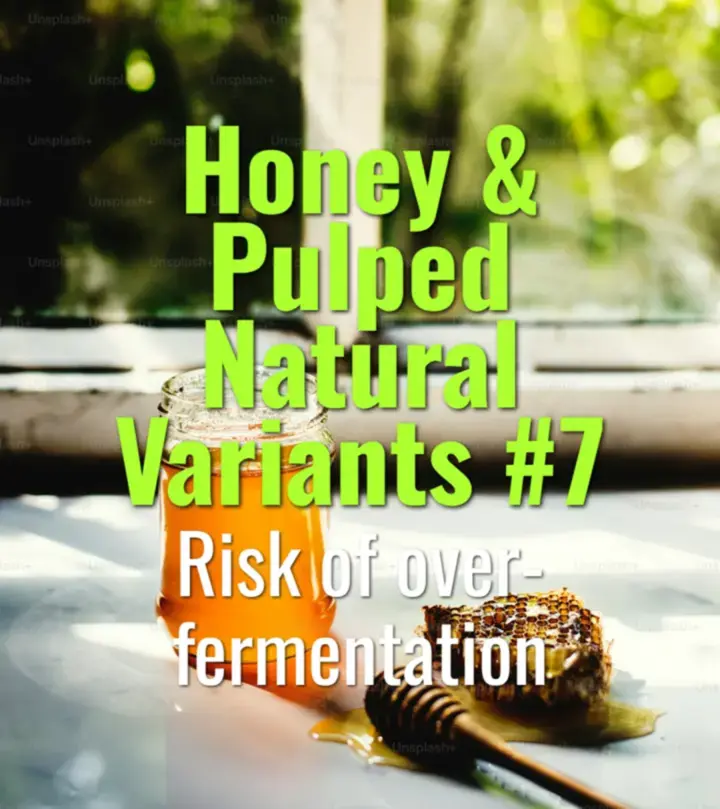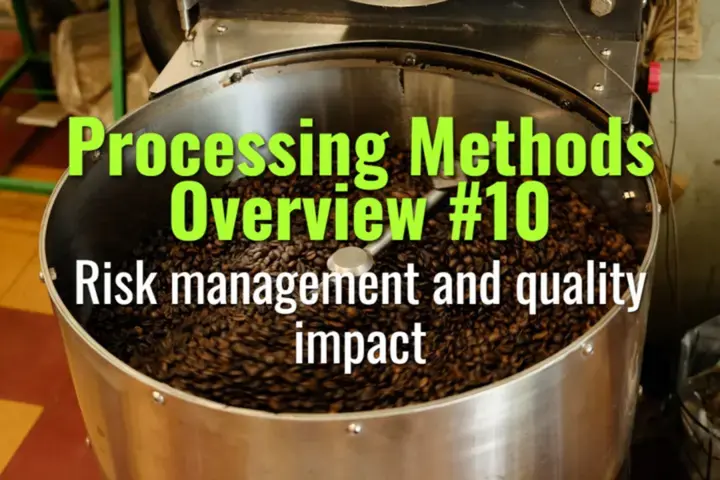
Sampling for moisture and a-w
This topic explains how to properly sample coffee for measuring moisture content and water activity (a-w), why representative sampling is critical, and how these tests ensure stability and quality.

This topic explains how to properly sample coffee for measuring moisture content and water activity (a-w), why representative sampling is critical, and how these tests ensure stability and quality.

This topic explains the types of bed materials used in coffee drying, their advantages and disadvantages, and why sanitation is essential for preventing defects and ensuring quality.

This topic explains why honey and pulped natural processes carry risks of over-fermentation, the conditions that cause it, and how producers manage these risks to protect cup quality.

This topic explains the drying protocols after washed processing, covering methods, target moisture levels, quality impacts, and best practices for ensuring stable, defect-free green coffee.

This topic explains the practice of soaking coffee after fermentation, why some origins use it, and how it affects flavor, cleanliness, and consistency in washed coffee profiles.

This topic explains the risks involved in coffee processing, how they affect quality, and the strategies producers use to minimize defects while maximizing flavor potential.